Battlefield 6 RedSec System Requirements: Can Your Gaming Rig Handle the Heat?
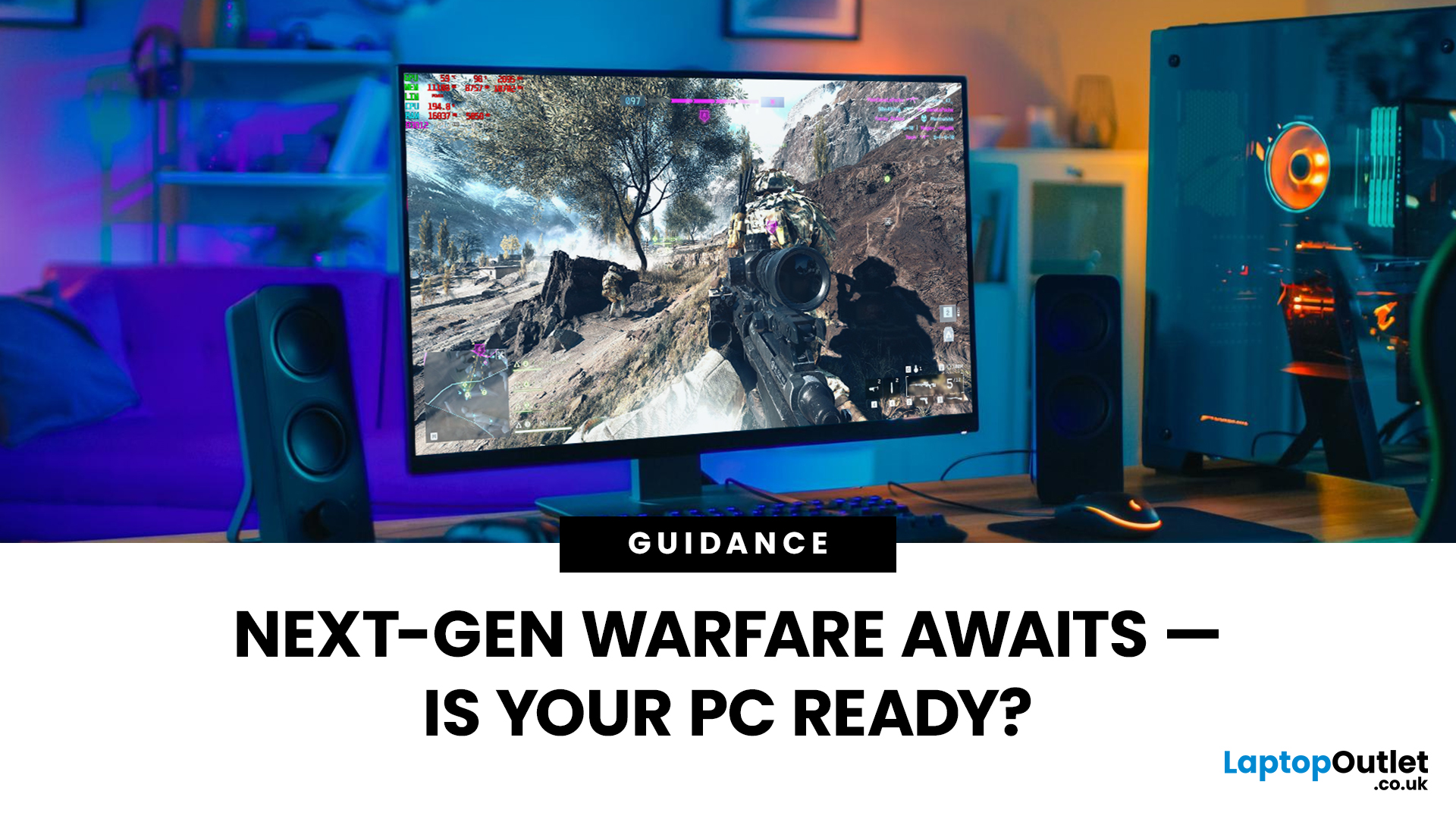
Get ready, soldier. Battlefield 6 RedSec isn’t just another FPS — it’s a next-gen beast that’ll push your system to its absolute limits.
From jaw-dropping photorealistic environments to full-scale destructible cities, Battlefield 6 RedSec redefines modern warfare gaming. But before you dive into the chaos, one question remains — can your gaming laptop or PC handle the heat?
Let’s break down the Battlefield 6 RedSec system requirements — from minimum to ultra settings — and help you tune your rig for peak performance.
The Battlefield 6 RedSec System Requirements: The Official Breakdown
EA and DICE have been quite clear about what it takes to run this game. Forget last-gen; this is a true current-gen title, which means you’ll need a relatively modern PC or gaming laptop.
The good news is that for entry-level play, the specs are surprisingly reasonable. The less good news? To truly appreciate the graphical fidelity and high frame rates that make RedSec shine, you'll need to splash out on some advanced gaming desktop PCs or laptops.
Minimum Specs: Getting a Foot in the Door
If you're only fussed about hitting 1080p resolution at around 30 FPS with 'low' settings, these are the minimum specs for you. Think of this as the entry ticket—it’ll get you in the game, but you might struggle in the most intense firefights.
|
Component |
Specification |
Notes |
|
Operating System |
Windows 10 (64-bit) |
Essential for system compatibility. |
|
CPU |
Intel Core i5-8400 or AMD Ryzen 5 2600 |
Adequate for entry-level Battlefield 6 RedSec CPU benchmarks. |
|
RAM |
16 GB (Dual-Channel 2133MHz) |
The absolute baseline for RAM requirements. |
|
GPU |
NVIDIA GeForce RTX 2060, AMD Radeon RX 5600 XT, or Intel Arc A380 |
The minimum Battlefield 6 RedSec GPU requirements. |
|
Video Memory (VRAM) |
6 GB |
The lowest amount of VRAM you can get away with. |
|
Storage |
55 GB HDD (at launch) |
HDD is supported for minimum, but an SSD upgrade is highly advised! |
|
DirectX |
DirectX 12 |
Mandatory for all performance tiers. |
|
Other |
TPM 2.0 and UEFI Secure Boot Enabled |
Required for the anti-cheat system. |
|
Target Performance |
1080p @ 30 FPS (Low Settings) |
A playable, but not ideal, experience. |
Recommended Specs: The Sweet Spot for High FPS
For most players looking for a solid balance of visual quality and buttery-smooth gameplay, the recommended specs are where it's at. This setup is designed to give you 60 FPS at 1440p on High settings, a proper, competitive experience.
|
Component |
Specification |
Notes |
|
Operating System |
Windows 11 (64-bit) |
Recommended OS for optimal Battlefield 6 RedSec PC performance. |
|
CPU |
Intel Core i7-10700 or AMD Ryzen 7 3700X |
A solid base for respectable CPU benchmarks. |
|
RAM |
16 GB (Dual-Channel 3200MHz) |
Faster RAM is key for higher performance. |
|
GPU |
NVIDIA GeForce RTX 3060 Ti or AMD Radeon RX 6700 XT |
Excellent Graphics cards for higher FPS at 1440p. |
|
Video Memory (VRAM) |
8 GB |
Recommended for comfortable 1440p gaming. |
|
Storage |
90 GB SSD (at launch) |
An SSD is highly recommended for faster loading times and better asset streaming. |
|
DirectX |
DirectX 12 |
Standard for modern gaming. |
|
Target Performance |
1440p @ 60 FPS (High Settings) or 1080p @ 80+ FPS (Low Settings) |
The true competitive experience. |
Ultra Specs: Unleash the 4K Beast
If you're a serious player who demands the absolute best visual experience—we’re talking 4K resolution at 60 FPS or screaming high frame rates at 1440p—you’ll be aiming for the ultra specs. This tier requires some serious hardware, often found in high specs gaming laptops and bespoke systems.
|
Component |
Specification |
Notes |
|
Operating System |
Windows 11 (64-bit) |
Max performance requires the latest OS. |
|
CPU |
Intel Core i9-12900K or AMD Ryzen 7 7800X3D |
The best high-end processors for gaming. |
|
RAM |
32 GB (Dual-Channel 4800MHz+) |
Doubling the RAM requirements for high-res texture packs and background tasks. |
|
GPU |
NVIDIA GeForce RTX 4080 or AMD Radeon RX 7900 XTX |
Top-tier graphics cards for higher FPS and 4K resolution. |
|
Video Memory (VRAM) |
16 GB |
Crucial for running Battlefield 6 RedSec ultra settings smoothly. |
|
Storage |
90 GB SSD (at launch) |
A high-speed NVMe SSD is essentially mandatory. |
|
DirectX |
DirectX 12 |
|
|
Target Performance |
4K @ 60 FPS (Ultra Settings) or 1440p @ 144 FPS (High Settings) |
The ultimate visual and performance fidelity. |
Component Deep Dive: Making the Right Upgrade Decisions
Understanding the raw numbers is one thing, but knowing why these components matter is another kettle of fish entirely. Here’s a detailed look at the core parts of your rig.
CPU Requirements: The Engine Room of Destruction
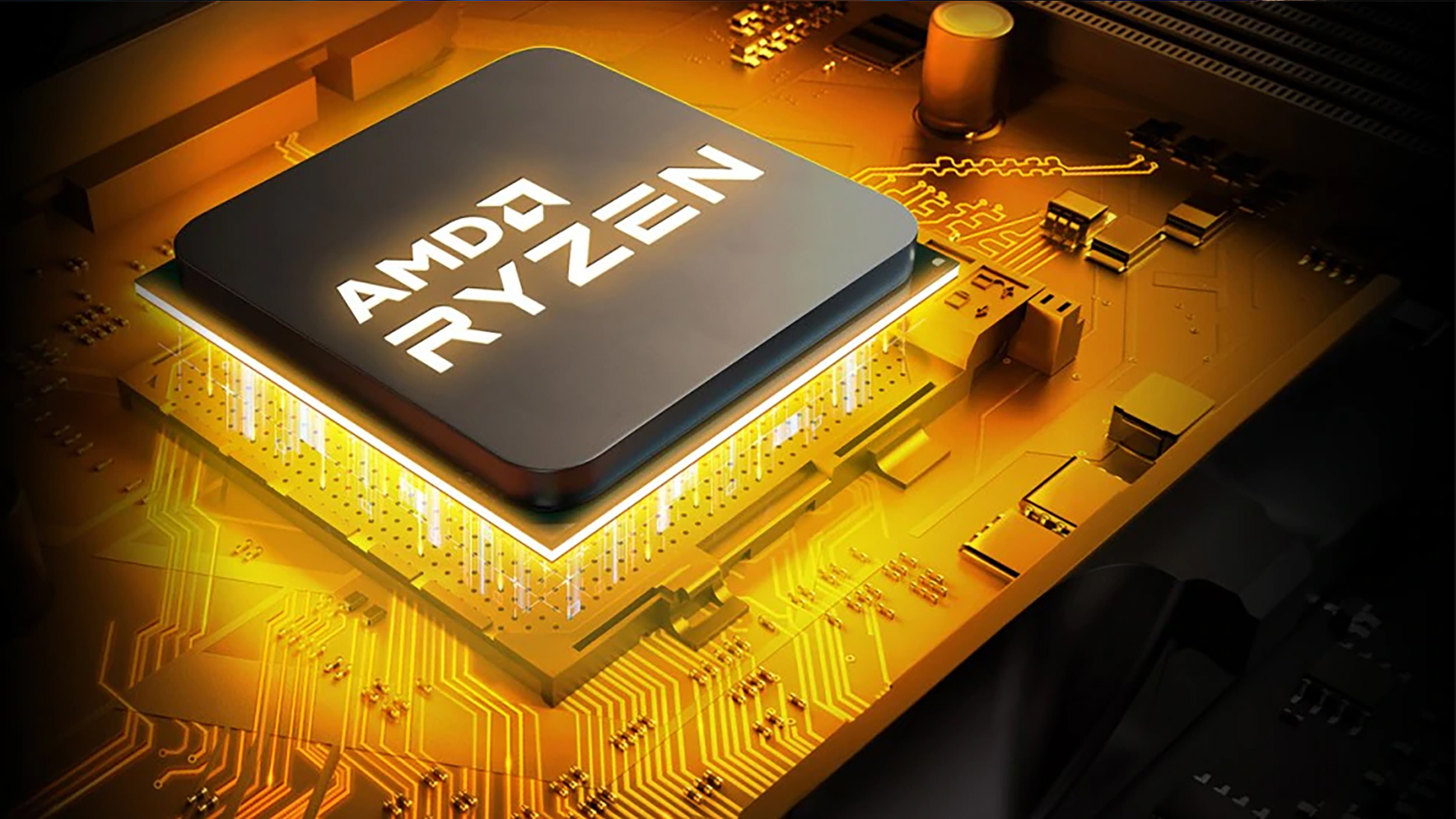
Battlefield games, with their colossal maps, 100-player battles, and trademark destruction physics, are famously CPU-intensive. Your central processing unit is constantly calculating thousands of events, from bullet trajectories to collapsing skyscrapers.
- Minimum: The Intel i5-8400 or Ryzen 5 2600 are decent budget options, but they will bottleneck more powerful graphics cards.
- Recommended: The Intel i7-10700 or Ryzen 7 3700X provide a comfortable buffer. You'll avoid major stutters and ensure smooth asset loading.
- Ultra/Competitive: The latest high-end processors like the i9-12900K or the AMD Ryzen 7 7800X3D (with its 3D V-Cache technology, which is a massive boon for Battlefield) are the way to go. These chips ensure your framerate stays sky-high, especially when the map turns into a total bombsite.
GPU Power: The Visual Feast
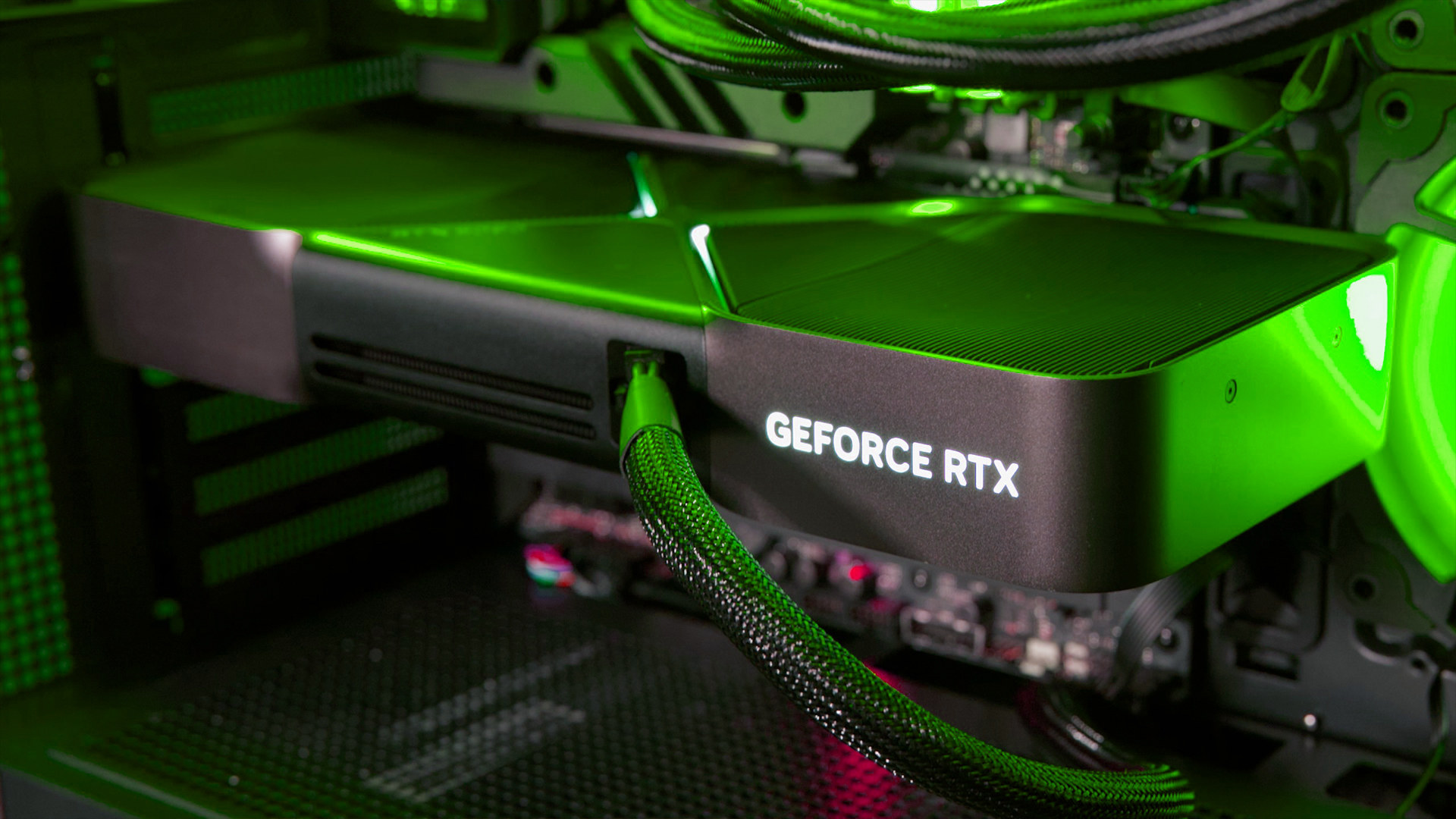
This is arguably the most important component for hitting those high frame rates and maxing out the visual settings. The Battlefield 6 RedSec GPU requirements scale massively depending on your desired resolution.
- 1080p Gamers: An RTX 2060 or RX 5600 XT is your starting point. These older cards are still absolute workhorses and are great budget options.
- 1440p Heroes: The RTX 3060 Ti or RX 6700 XT are phenomenal value, offering enough VRAM and raw horsepower to make RedSec look stunning at a competitive frame rate.
- 4K Enthusiasts: You're firmly in the realm of premium graphics cards for higher FPS—the RTX 4080 and RX 7900 XTX. These cards are designed for high-resolution dominance and support the latest ray tracing features that make the Frostbite engine truly sing.
Discover the best graphics settings used by pros for maximum FPS and ultra-smooth Battlefield 6 RedSec action.
Motherboard Matters: Building the Perfect Foundation
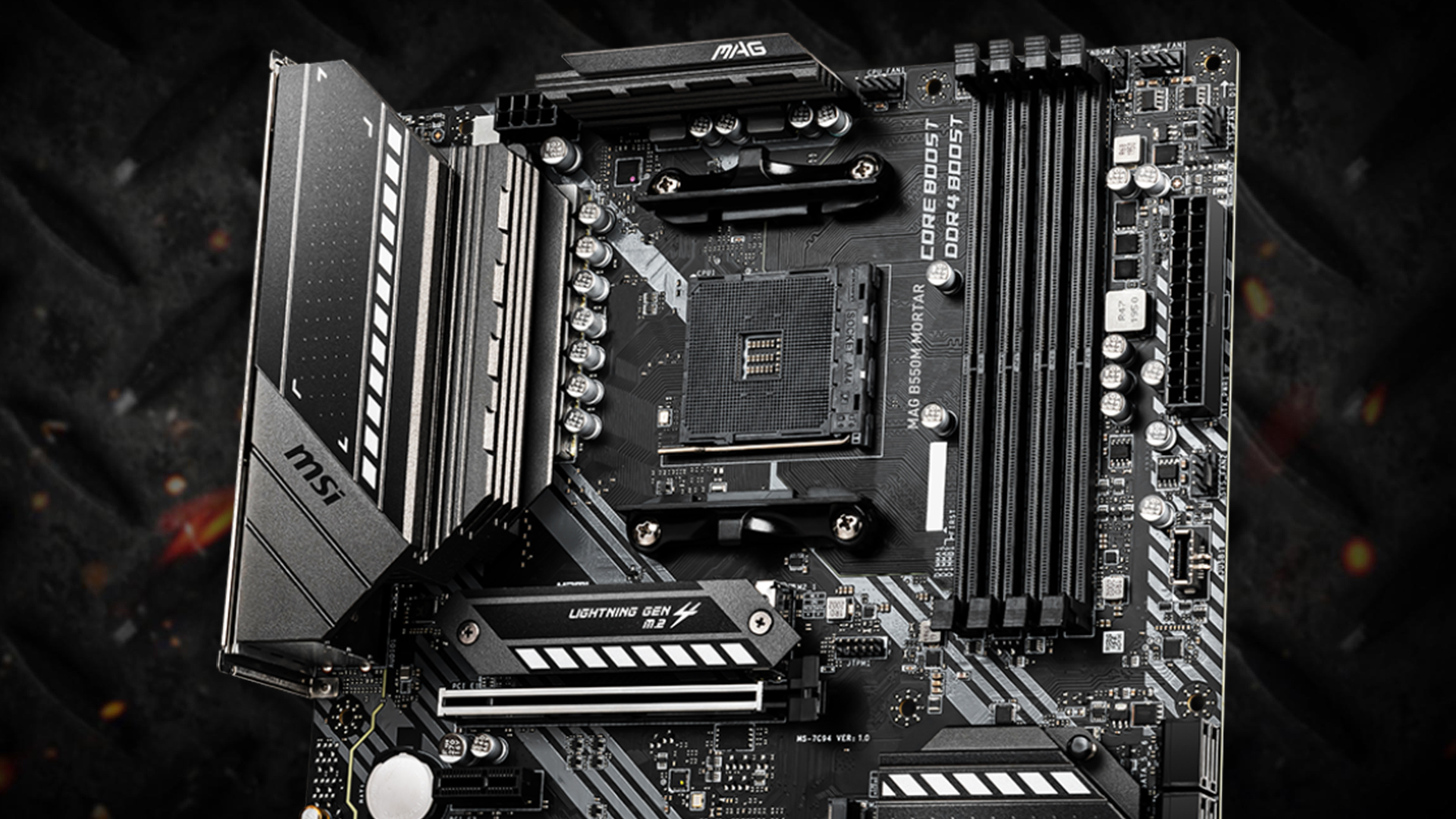
While most gamers focus on flashy GPUs and high-end CPUs, your motherboard quietly determines how well everything works together. For Battlefield 6 RedSec, having a board that supports PCIe 5.0, DDR5 memory, and NVMe Gen 4 storage ensures your system runs at full tilt without bottlenecks.
If you’re planning a new build or upgrade, look for boards with robust VRMs (Voltage Regulator Modules), high-speed memory support, and ample USB and cooling headers — ideal for maintaining stability during intense gaming sessions.
The best motherboards for Battlefield 6 RedSec are those that can handle modern high-performance components like the Intel Z790 or AMD X670E chipsets. They not only future-proof your system but also help unleash the full potential of your processor and graphics card.
RAM Requirements: Keeping the Action Flowing
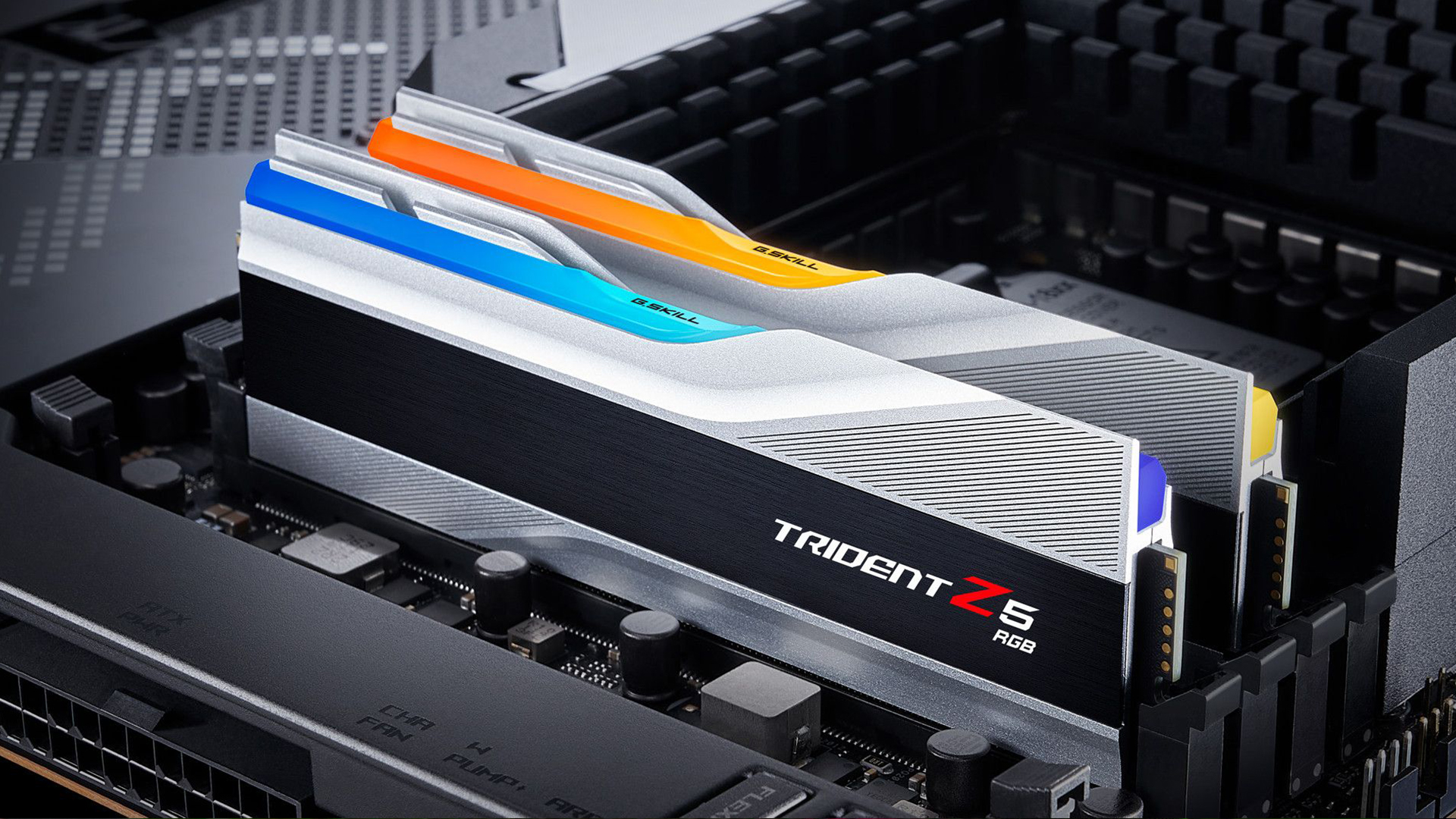
It’s clear from the specs: 16 GB of RAM is the minimum standard now. This is a noticeable jump from older titles, but it’s necessary given the huge maps and complex geometry RedSec needs to hold in memory.
- 16 GB (3200MHz+): Absolutely mandatory for smooth gameplay. Anything less and you'll run into annoying stutters.
- 32 GB (4800MHz+): If you're running the game on ultra settings or if you're a streamer who runs a multitude of background apps, upgrading to 32 GB is a brilliant investment. It ensures your system has plenty of headroom and is highly recommended for those using high specs gaming laptops where RAM upgrades can sometimes be trickier.
SSD vs HDD: The Load Time Battle

This is where the difference between playable and enjoyable comes in. The minimum specs list a 55 GB HDD, but the recommended specs demand a 90 GB SSD.
- The Hard Truth: While you can install RedSec on an old spinning disk HDD, you will be in for a rough ride. Long loading screens, texture pop-in, and streaming issues were notorious in earlier Battlefield titles when running on slow drives.
- The Modern Solution: An SSD (Solid State Drive), especially a fast NVMe M.2 drive, is not just recommended; it’s practically essential for a smooth Battlefield 6 RedSec experience. It drastically reduces load times, ensuring you're not left staring at a blank screen while your squad has already been wiped out. Don’t skimp here; upgrading to an SSD is one of the best Battlefield 6 RedSec PC performance tips we can give you.
Beyond the Specs: Optimisation and Compatibility
Hitting the spec numbers is only half the battle, mate. You also need to ensure your system is properly set up to run the game at its best.
Cooling Options: Keeping Your Chips Icy
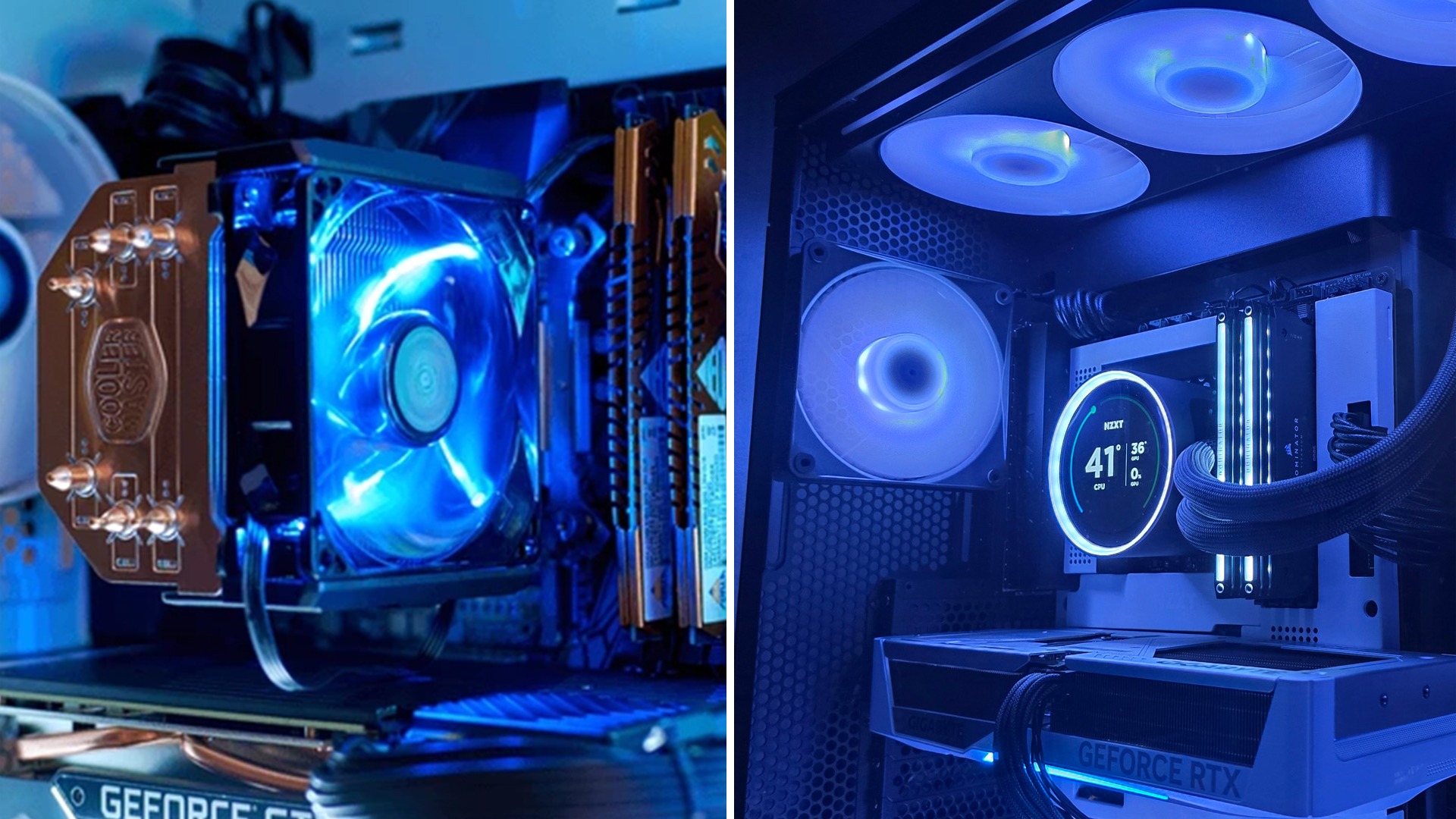
Pushing a modern CPU and GPU to render a game like RedSec is going to generate a lot of heat. Poor thermals lead to thermal throttling, which means your components slow themselves down to avoid damage, resulting in massive performance drops.
- For Desktops: Invest in high-quality cooling options—either a air cooler or an All-in-One (AIO) liquid cooler. Keeping your CPU cool is vital for maintaining high clock speeds.
- For Laptops: Ensure your gaming laptop has a clean fan and decent ventilation. A good cooling pad can be a game-changer for reducing temperatures and ensuring you maintain peak performance during those long sessions.
DirectX 12 Support: The Mandatory Standard
Regardless of which tier you're aiming for, Battlefield 6 RedSec DirectX 12 support is non-negotiable. DirectX 12 is a core part of the game's engine architecture, enabling advanced features like asynchronous compute and ray tracing. If your operating system or graphics card doesn't support DX12, you're a non-starter. Fortunately, most modern systems running Windows 10 or 11 are compatible.
System Compatibility and the Security Check
A crucial new requirement for Battlefield 6 and RedSec is the need for your system to have TPM 2.0 and UEFI Secure Boot enabled. This is tied to the game’s kernel-level anti-cheat system.
- What this means for you: You might have to jump into your PC's BIOS (Basic Input/Output System) to enable these settings.
- A heads-up for Windows 10 users: While the game supports Windows 10, Windows 11 is the recommended OS, and it handles the TPM 2.0 and Secure Boot requirements more seamlessly. Check your system compatibility before downloading the whole game, or you'll be tearing your hair out!
Battlefield 6 RedSec PC Performance Tips
Getting the frames you need isn’t just about having the best kit; it’s about optimising it.
- Check Your Drivers: Seriously, this is a must. Run the latest drivers from NVIDIA or AMD.
- Adjust 'Sun Shadow Quality': This setting is a major FPS killer. Try dropping it from Ultra to High or even Medium. You'll barely notice the visual difference, but your FPS counter will thank you.
- Use Upscaling Technology: If you have an NVIDIA card, use DLSS. If you have an AMD card, use FSR. Setting these to 'Quality' mode can give you a substantial FPS boost without a major loss in image clarity.
- Turn Off Overlays: Disable all non-essential overlays (Discord, Steam, Xbox Game Bar) to free up precious CPU cycles and RAM.

Time to Stop Blaming Lag and Start Winning
So, there you have it. The official Battlefield 6 RedSec system requirements are demanding, but for a game of this visual and technical scope, it's completely understandable.
Whether you're upgrading an existing rig or looking for a completely new setup, make sure you aim for the recommended specs at the very least. Anything less will see you at a clear disadvantage against the competition.
Don't let your rusty old hardware be the reason you miss out on the greatest Battle Royale experience this year. If your rig is looking a bit rough around the edges, now is the perfect time to snag some serious new gear.

We Know What You're Thinking (and We Have the Answers)
Can I play Battlefield 6 RedSec on a gaming laptop?
Yes, provided your gaming laptop meets the Battlefield 6 RedSec minimum specs for gaming laptops, particularly having a modern 6GB GPU and 16 GB RAM.
What is the biggest upgrade for improving FPS in Battlefield 6 RedSec?
For most setups, upgrading your graphics cards for higher FPS is the biggest single jump. However, if you are currently running less than 16 GB RAM or are on an old CPU, addressing those bottlenecks first will yield better results.
What is the ideal RAM for competitive Battlefied 6 play?
While 16 GB RAM meets the Battlefield 6 RedSec recommended specs for PCs and laptops, competitive players aiming for consistent higher FPS should target 32 GB RAM (with a high-speed clock like 3600MHz DDR4 or 6000MHz DDR5) to eliminate stutters.
What kind of motherboard should I look for a smooth Battlefield 6 RedSec play?
Look for best motherboards for Battlefield 6 RedSec that support fast RAM (DDR4 3200MHz or DDR5 6000MHz+) and have the appropriate chipset for your chosen high-end processors (e.g., Z790/B650 for the latest Intel/AMD chips).
Which is more important for Battlefield 6 RedSec: a better CPU or GPU?
Both are crucial, but for this title, your CPU is arguably more important than in many other games, due to the massive scale, player count, and environmental destruction. A weak CPU will bottleneck a strong GPU.
Does Battlefield 6 RedSec feature DirectX 12 support only, or is DirectX 11 an option?
Battlefield 6 RedSec DirectX 12 support is mandatory across all specifications. You must have a GPU and operating system (Windows 10 or 11) that fully supports the DirectX 12 API for the game to run.
Do I need an SSD for Battlefield 6 RedSec, or will an HDD work?
While the minimum specs allow for an HDD, an SSD vs HDD is no contest. An SSD is highly recommended (and required for recommended specs) to ensure fast texture loading and reduced asset pop-in.
Related Articles

October 23, 2025
If you’ve ever felt overwhelmed stepping into the world of GPUs, you’re not alone. Choosing the right graphics card is one of the trickiest parts of building or upgrading a PC. In this guide, I’ll walk you through how to choose a graphics card, explain critical specs, compare AMD vs NVIDIA, help you pick thebest GPU for gaming, and highlight what to consider ifyou’re going for4K gaming.
This graphics card buying guideis your ultimate companion to navigate through the maze of options. We'll break down key specs, performance insights, comparisons, and practical tips to help you make an informed purchase, especially ifyou'reshopping at Laptop Outlet, one of the UK’s trusted tech retailers.
Understanding What a Graphics Card Does
A graphics card, or GPU (Graphics Processing Unit), is the powerhouse responsible for rendering images, videos, and animations on your screen. Think of it as the heart of your visual experience. It determine show smoothly your games run, how sharp your 4K videos
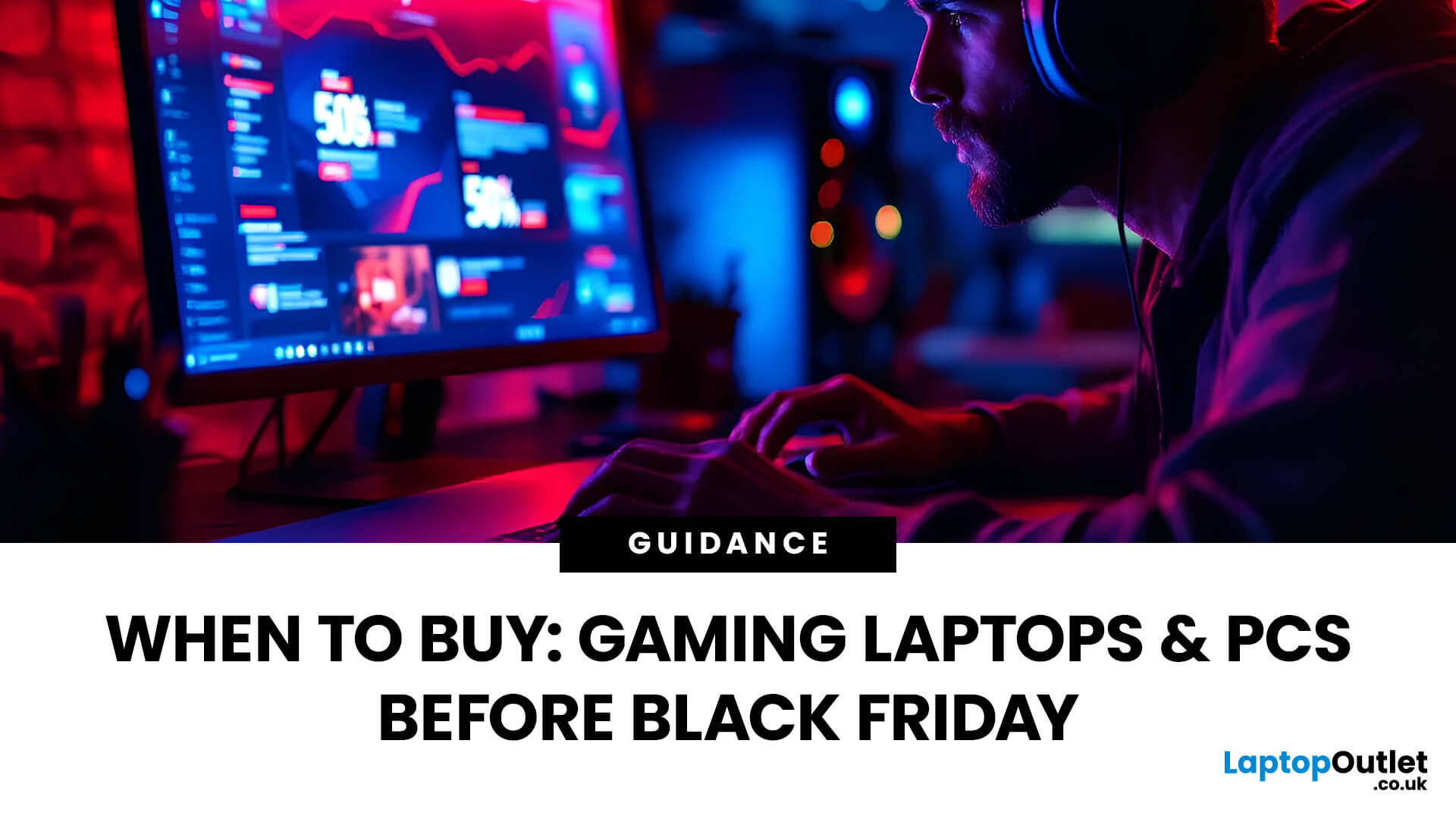
October 24, 2025
Black Friday looms like a seasonal ritual for tech buyers. But savvy gamers and PC buyers know the real trick: knowing when to strike. If you wait too long, your ideal machine sells out. Buy too early, and you risk missing deeper discounts. So, when is the sweet spot for grabbing a gaming laptop or desktop in the run-up to Black Friday 2025?
To make your moves with confidence and avoiding any post sale regrets go with proper timelines, pricing trends and a close observation of brands behaviour.
The Black Friday Phenomenon — What Really Happens (UK + Global Context)

Black Friday isn’t just one day anymore. In the UK, the period around it has swollen into a deal season: late October to early December. Retailers - including Laptop Outlet UK - now launch pre-Black Friday promotions to capture early shoppers and test pricing strategies.
In practice: major discounts often appear 2–3 weeks before the official Friday, with stacking coupons, flash sales, and stock-limited offers. Then on the

October 28, 2025
Gone are the days when office PCs had to be bulky towers humming under desks. In 2025, mini-PCs have become the ultimate productivity machines, small, silent, and surprisingly powerful. Whether you’re a remote worker, a startup founder, or managing a hybrid workspace, these compact desktops deliver desktop-grade performance without eating up your desk space.
If you’re searching for the best mini-PC for office work, this guide breaks down the top performers built for speed, efficiency, and multitasking, from entry-level options to high-end productivity powerhouses.
Why Choose a Mini PC for Work in 2025?

Modern mini-PCs are redefining what “office-ready” means. Thanks to next-gen CPUs, fast SSD storage, and efficient cooling, they now handle everything from heavy spreadsheets to video conferencing and multitasking without breaking a sweat.
Here’s why professionals are ditching bulky towers for compact desktops:
- Space-Saving Design: Ideal for minimalist desks or multi-monitor setups.
- Silent
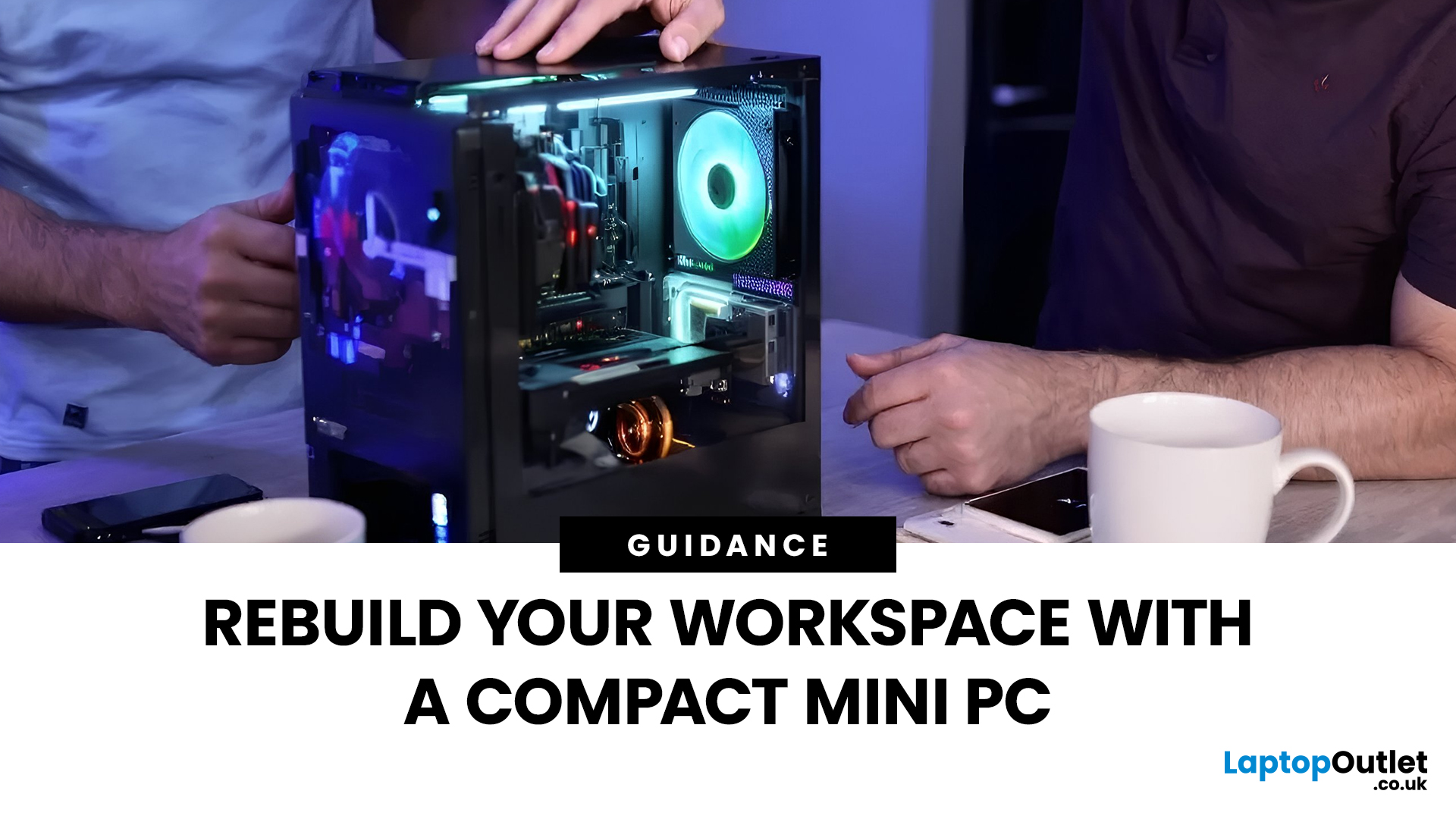
October 29, 2025
In a world where technology is getting smaller, faster, and smarter, mini PCs are gaining major popularity. These compact computing powerhouses deliver the performance of traditional desktops, but in a fraction of the space. Whether you’re working from home, studying, streaming, or gaming, a mini PC can be a sleek and efficient solution for your setup.
In this guide, we’ll cover everything you need to know about mini PCs, from how they work to why they might be the perfect fit for your needs.
What is a Mini PC?
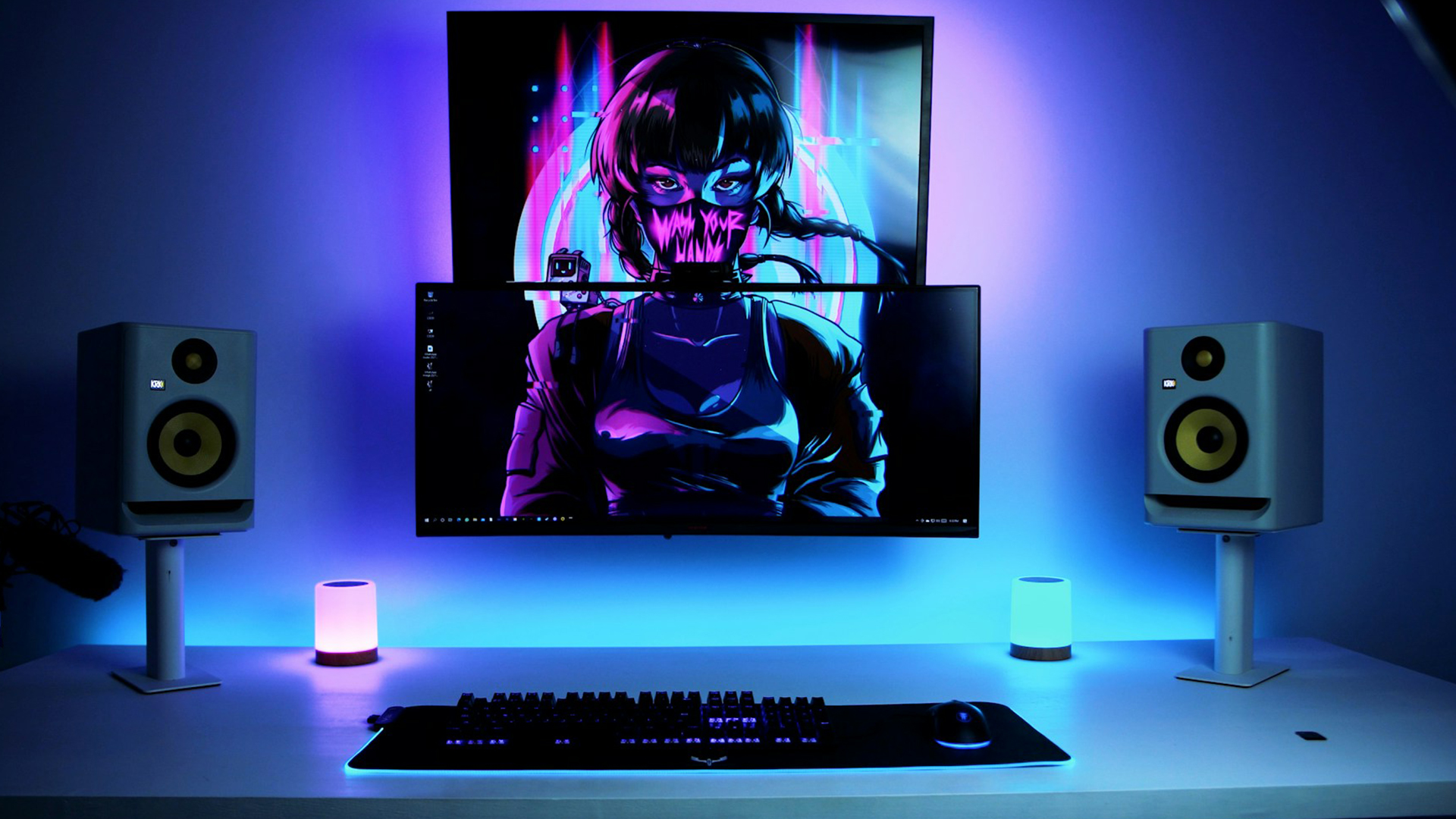
A mini PC (short for mini personal computer) is a small, lightweight desktop computer designed to perform everyday tasks without taking up much space. Despite their compact size, modern mini PCs come equipped with powerful processors, ample storage, and connectivity options comparable to full-sized desktops.
They’re ideal for users who value portability, efficiency, and minimalism, making them popular among students, professionals, and even gamers.
How Does a Mini PC Work?
Just
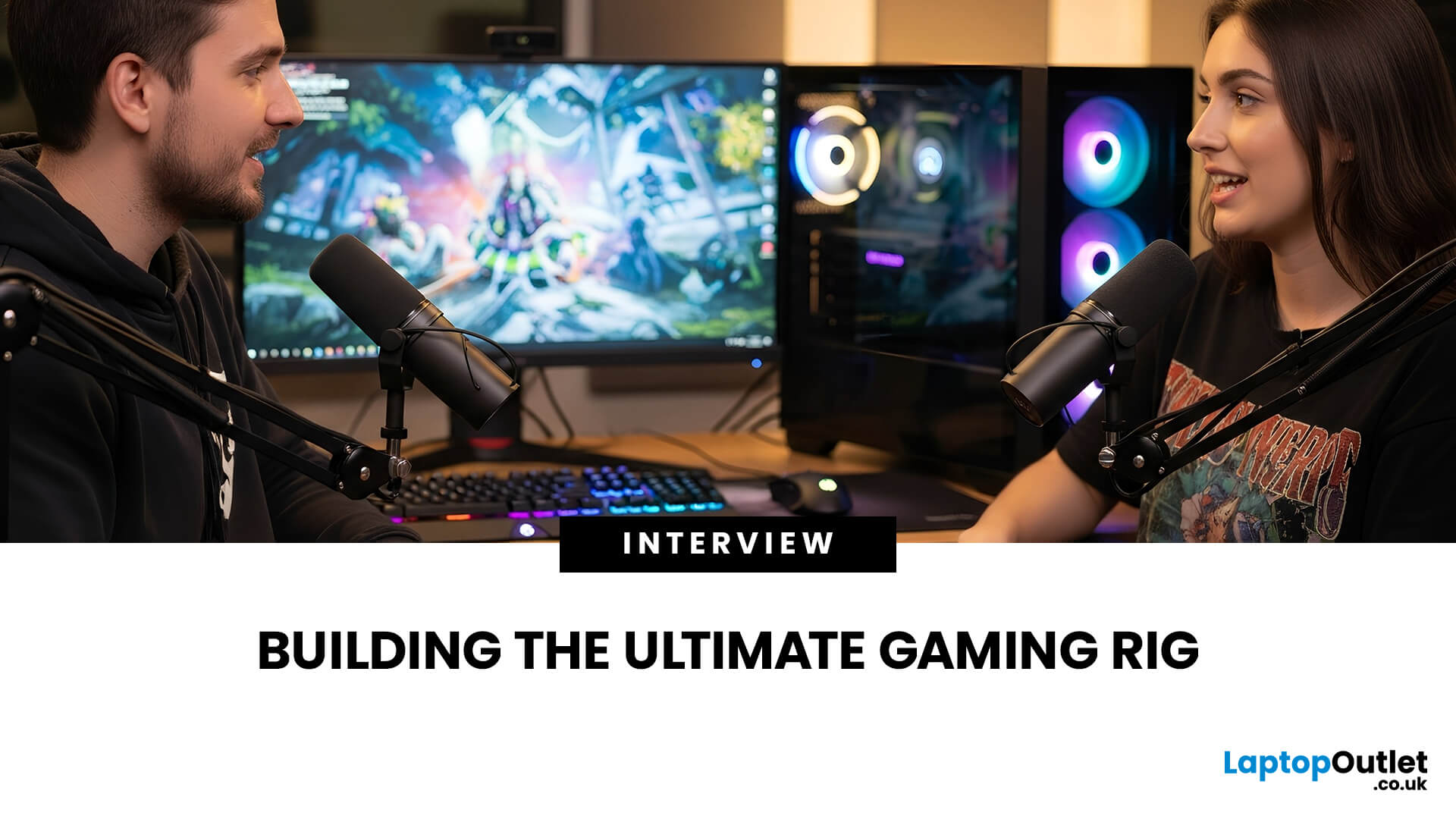
October 29, 2025
Setting the Scene
Alex: First of all, thanks for having this discussion, Jamie. I’m in the process of upgrading my rig, and I want to get the best GPU for gaming I can afford. But there are so many options out there, and I’m a bit lost, especially with the new 50-series from NVIDIA, and the still-very-solid 40-series.
Jamie: No problem, Alex, happy to help. Upgrading the graphics card is probably the biggest single component decision in a gaming rig (other than maybe the monitor or CPU). So, it’s good that we step through it together.
Why is the Graphics Card Matters
Alex: So, to start with: why is the graphics card so important for a gaming rig?
Jamie: In short, the GPU is what actually renders your game frames, handles complex calculations for lighting, shadows, textures, and especially if you’re gaming at higher resolutions (1440p, 4K) or using high refresh rates. If you pair everything else well (CPU, RAM, storage, PSU, cooling), the graphics card becomes a bottleneck if it’s too
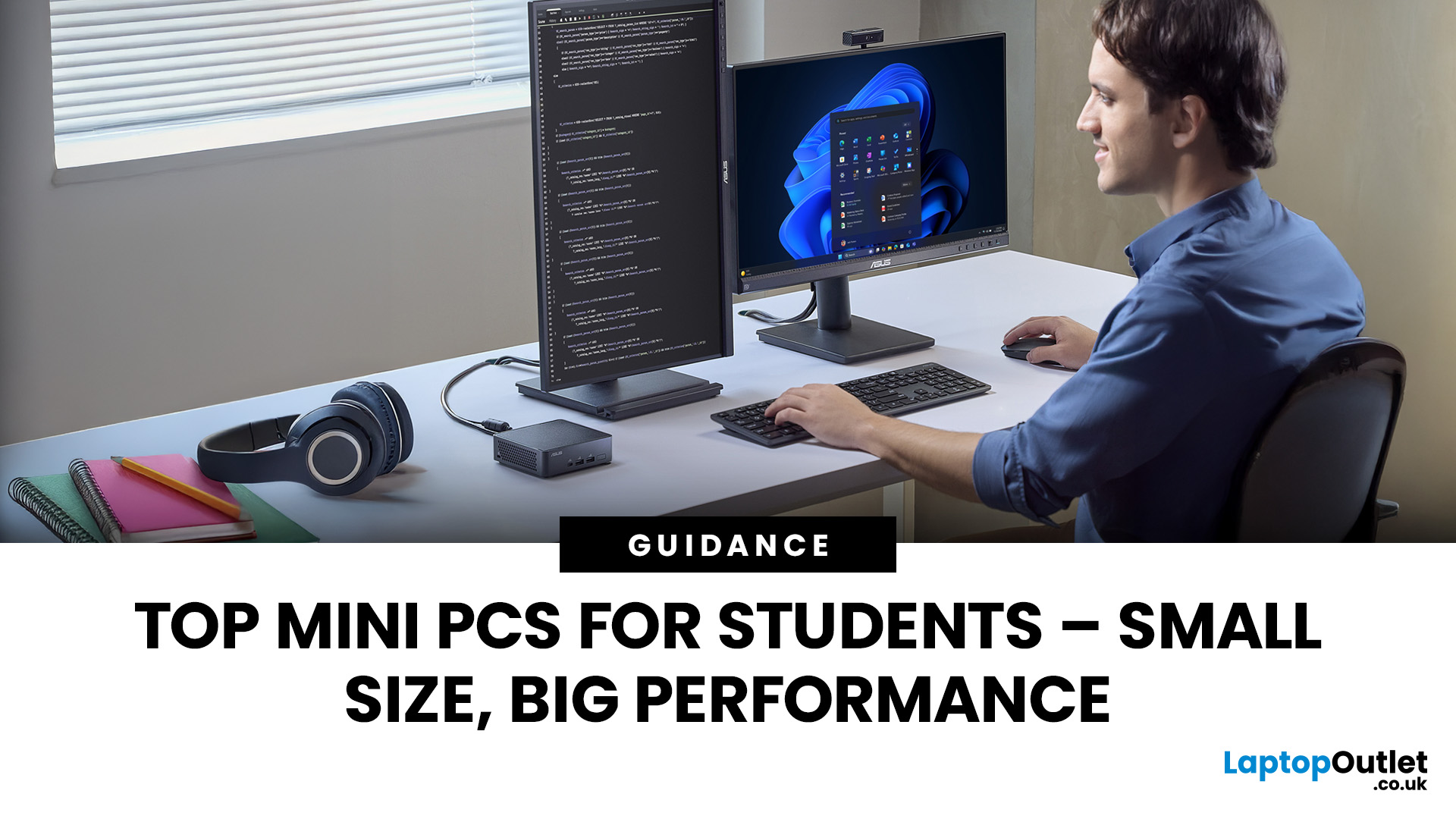
October 31, 2025
Looking for the best mini PC for students? Good call. A modern mini desktop gives you laptop-like efficiency with desktop-class reliability, without the bulk, noise, or price tag of a full tower. Whether you’re writing essays, crunching data, editing short films, or firing up a few games after class, today’s mini PCs squeeze serious performance into palm-sized cases that fit on a shelf, under a monitor, or even behind one.
Below, you’ll find a practical guide to choosing the right mini PC for school or university, followed by curated picks by use case, setup tips, and answers to common questions. Everything is written with UK students in mind, budget-savvy, space-conscious, and focused on getting things done.
Why a mini-PC makes sense for students
Small footprint, big desk space. A mini PC leaves room for your notes, sketchbooks, and that essential mug of tea.
Quiet and efficient. Low-power mobile-class CPUs and efficient cooling keep noise down in libraries and dorms.
Better ergonomics.
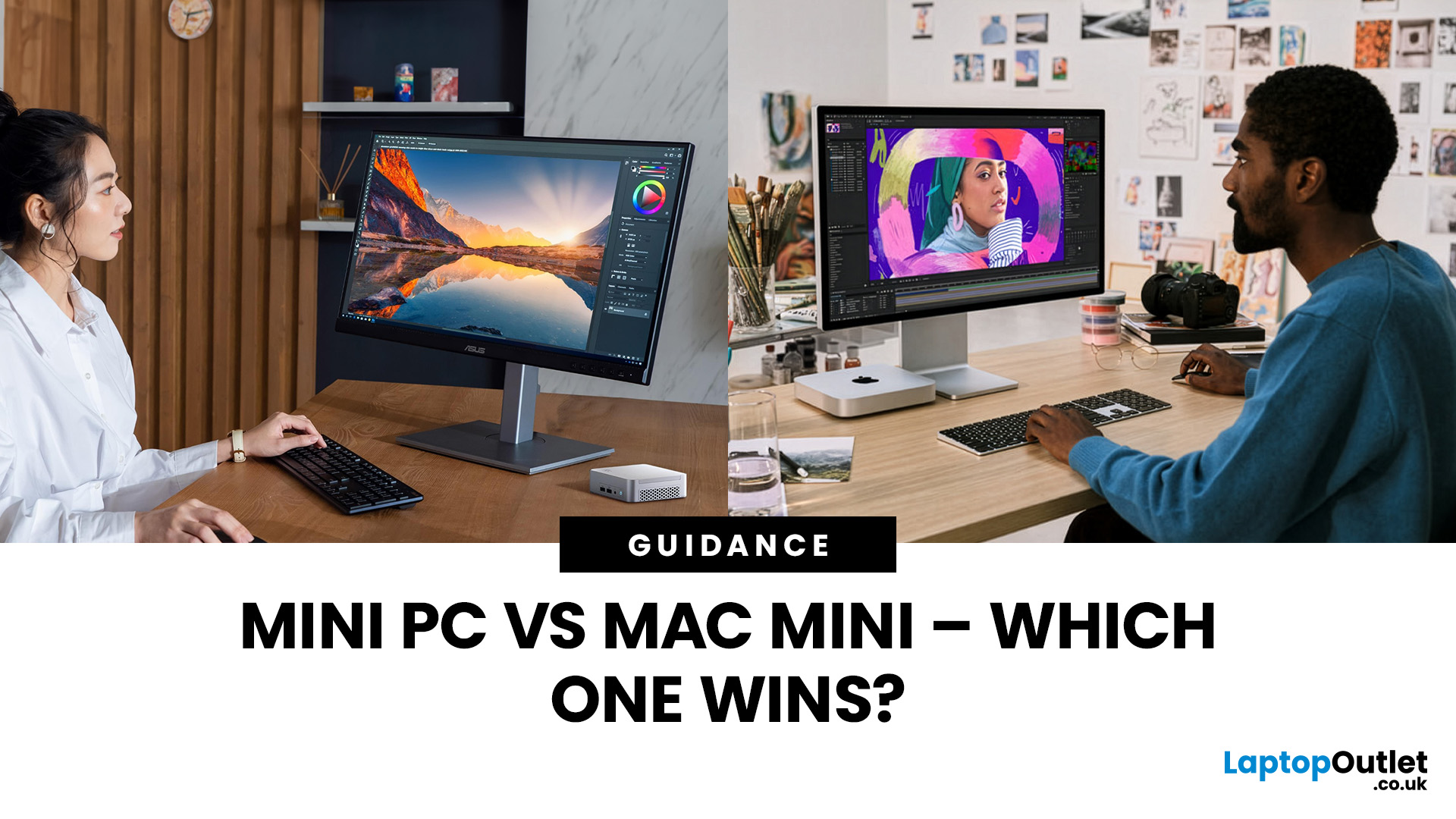
November 03, 2025
Whether you're looking to build a home office, stream movies on the big screen, or just save some precious desk real estate, the question “Should I go for a Mini PC or the Mac Mini?” has probably crossed your tech-loving mind. With the mini computing space heating up faster than a laptop under load, this comparison is long overdue. So, let’s break it down and help you figure out which one deserves a spot on your desk (or under your TV).
What is a Mini PC Anyway?
Before we throw punches, let's define the contenders.
Mini PCs are compact desktop computers made by a variety of manufacturers like Intel, ASUS, HP, and even DIY builds. They're typically small, energy-efficient, and wildly flexible in how you use them. Want Windows 11? Done.
The Mac Mini, on the other hand, is Apple’s small-but-mighty desktop. It’s essentially a baby Mac that fits in your palm but runs like a champ, especially now with Apple Silicon (M1, M2, and potentially M3 soon).
Key Considerations Before Choosing
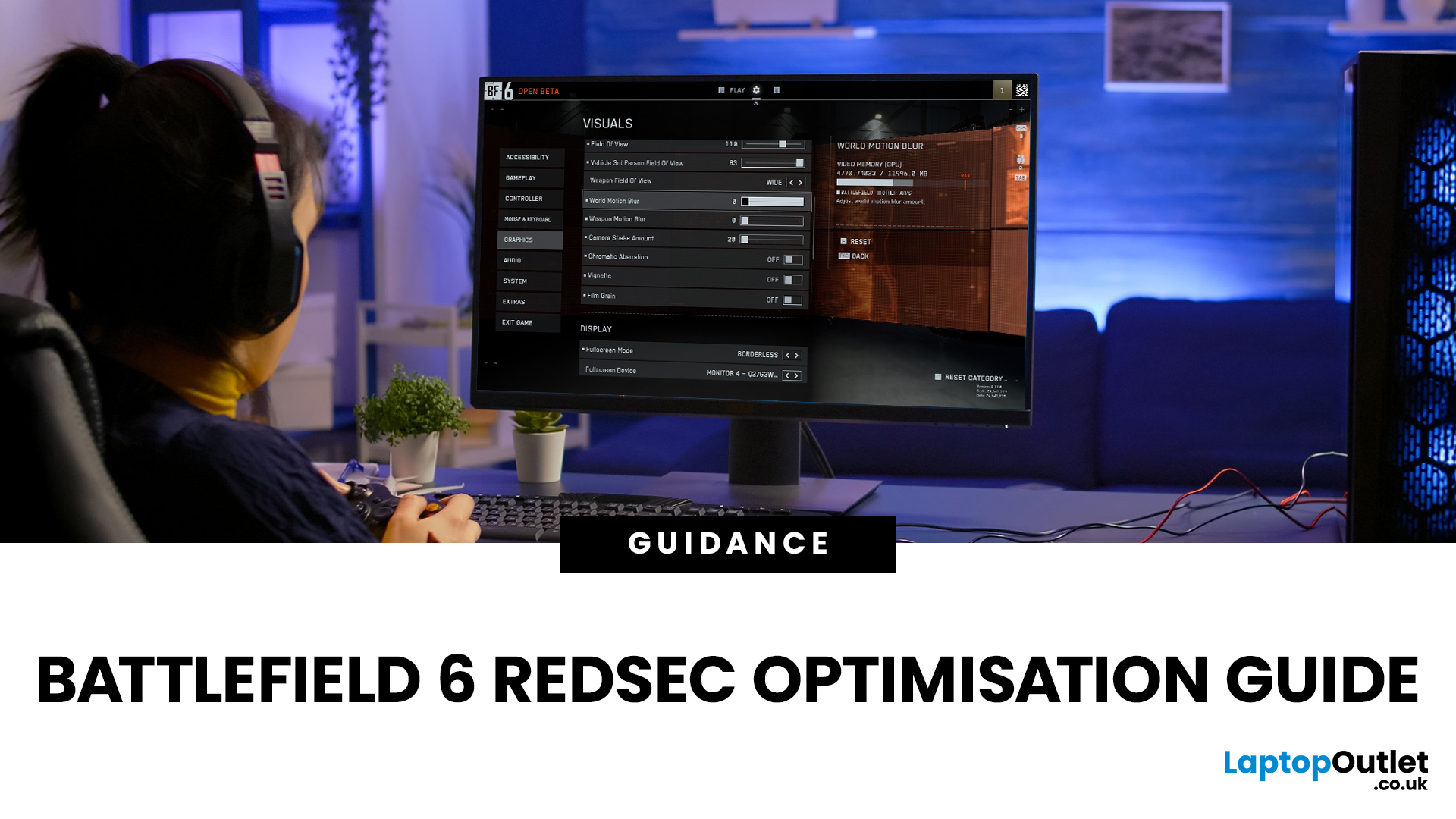
November 05, 2025
Trying to find a comprehensive optimisation guide for Battlefield 6 RedSec? You’ve come to the right place. This article dives deep into the Battlefield 6 RedSec best graphics settings, performance tweaks and controller/resolution adjustments to extract maximum FPS, clarity and responsiveness from your PC, whether you're running a high-end rig or a more modest setup.
Why Optimisation Matters in RedSec
The free-to-play battle royale mode RedSec, launched as part of Battlefield 6, demands both high performance and visual clarity. Large maps, intense firefights, vehicle chaos and destructible environments all place pressure on both GPU and CPU. This Optimisation Guide for Battlefield 6 RedSec ensures smoother gameplay, higher FPS, and fewer frame drops:
- Higher FPS → smoother gameplay, better aiming, less stutter
- Lower input latency → quicker reactions in competitive firefights
- Better visibility → fewer visual distractions, more clarity on enemies
- More consistent 1% lows → fewer dips that
